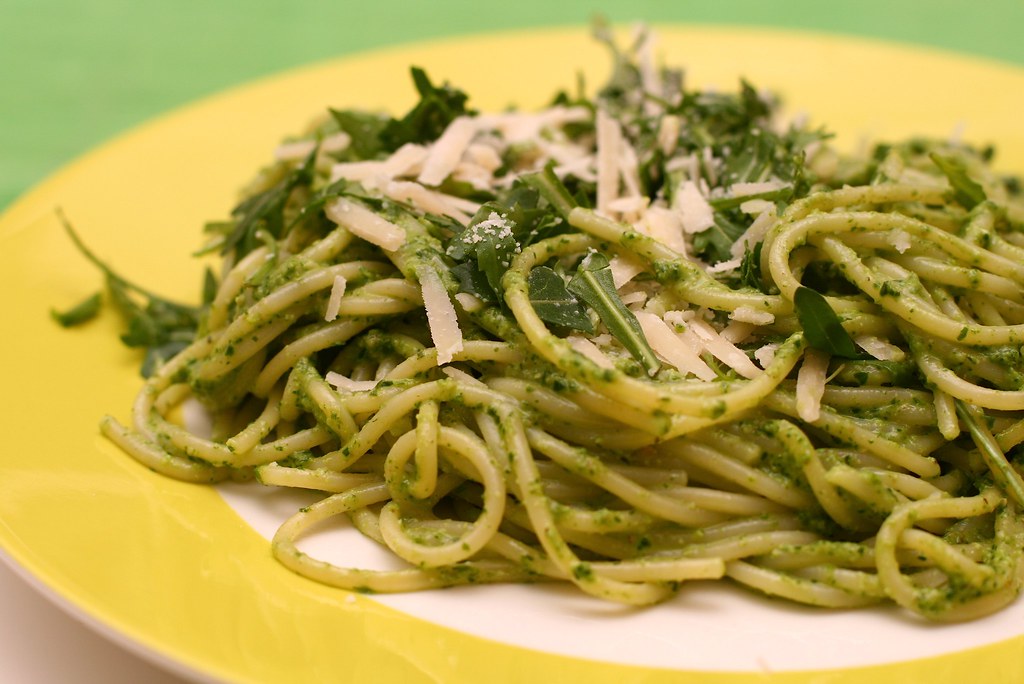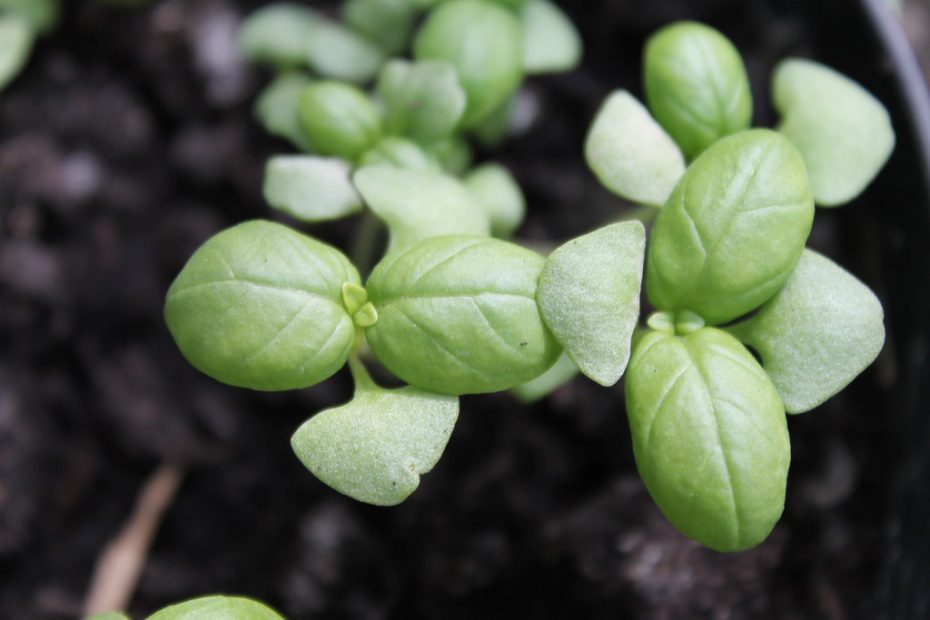Magnesium is such a vital nutrient that helps our bodies perform high-stress tasks optimally. I frequently add fresh herbs to my cooking so I wondered which herb would be best to add some more magnesium, what herbs are high in magnesium?
The herbs highest in magnesium are:
- Basil
- Coriander
- Mint
- Dill
- Thyme
- Savory
- Sage
- Marjoram
- Tarragon
- Parsley
All of the above will make excellent additions to our diets but let’s take a look exactly at how they may increase our magnesium intake. We’ll go over what herbs are high and low in magnesium and how to use the most magnesium-rich herbs in daily meals.
What herbs are high in magnesium?
Herbs high in magnesium are basil, coriander, mint, dill, thyme, savory, sage, marjoram, tarragon, and parsley. They contain several hundred milligrams of magnesium per serving and can boost our body’s supply of this critical mineral.
In general, you will get the most magnesium from your herbs if they are grown in nutrient-rich soil and are exposed to full sun daily. Furthermore, using herbs fresh as opposed to dry will make sure the herb retains most of its magnesium in its leaves after harvest.
Below you’ll find a chart with a more detailed view of each herb and its corresponding magnesium content based on a serving of 200cal:
| Herb | Magnesium / 200cal |
| Basil | 556mg |
| Coriander | 498mg |
| Mint | 422mg |
| Dill | 357mg |
| Thyme | 317mg |
| Savory | 277mg |
| Sage | 272mg |
| Marjoram | 255mg |
| Tarragon | 235mg |
| Parsley | 180mg |

- Basil: The herb highest in magnesium is basil. This Italian herb grows lush and green in full sun and produces up to 556mg of magnesium per serving. The more sun it has been exposed to during growth and the lusher its leaves, the more magnesium it will contain.
- Coriander: In second place is coriander. Commonly found also in milder climate zones coriander gets its magnesium content from nutrient-rich soil. One serving of coriander leaves will provide your body with 498mg of magnesium.
- Mint: While the magnesium levels in mint can’t keep up with basil and coriander it does make it to third place with 422mg of magnesium per serving. Mint is frequently used in the Mediterranean region and can easily be added to teas and other drinks.
- Dill: This herb native to central and northern Europe is a staple in many kitchens and frequently used as a vegetable. It contains 357mg of magnesium per 200cal serving.
- Thyme: Another favorite of mine is thyme. Its hardy scent and potent flavor profile make it ideal for winter cooking when stocking up on vital minerals such as magnesium becomes even more important. As such thyme provides a plentiful 317mg of magnesium per serving.
- Savory: A widely unknown herb that is as versatile as thyme is savory. In addition to its versatility, it’s also packed with magnesium at 277mg per serving.
- Sage: While its leaves are not easily edible they emit a distinct flavor to any dish or tea. And with this flavor, the sage leaves release part of their potent magnesium content into the meal. Sage provides 272mg of magnesium per serving.
- Marjoram: Although marjoram comes in third to last, it can easily be used in greater quantities to make up for its slightly lower magnesium content. Nonetheless, the herb has 252mg of magnesium per serving in its leaves.
- Tarragon: By adding tarragon to your dishes you will boost your magnesium intake by 235mg per serving.
- Parsley: Parsley comes in last in the list of herbs high in magnesium. Yet, fresh parsley leaves are not only delicious but also contain up to 180mg of magnesium. Not too shabby!
Before we go on and look at why magnesium is actually so vitally important to our body’s functioning, let’s briefly go over some herbs and spices that are actually very low in magnesium.
What herbs are low in magnesium?
Herbs low in magnesium are turmeric, chili, and ginger. These plants and their ground seeds and stems are more commonly referred to as spices although the classification varies. A good rule of thumb to determine the magnesium content of an herb is to look at its leaves.
Lush, green leaves are an indication of a high magnesium content while the roots and seeds of herbs such as turmeric, chili, and ginger barely contain any magnesium.
Herbs low in magnesium include:
- Turmeric
- Chili
- Ginger
- Mustard seeds
- Poppy Seeds
- Anise
Why magnesium is important
Magnesium is a mineral that can positively affect our body in countless ways. As such it is involved in thousands of biochemical processes from reducing insulin resistance to boosting exercise performance (source).
However, its most widely known benefit is its ability to relieve muscle cramps and aid in muscle recovery after a strenuous workout routine.
Since magnesium affects our body’s functioning in so many ways it makes sense to incorporate the most magensium-rich into our diet and dishes as much as possible. Let me share some simple ideas I have come up with to add more magnesium in the form of herbs to out diet.
How to add more magnesium-rich herbs to your diet
For efficiency’s sake I’ll focus on the top 3 magnesium-rich herbs which are basil, coriander, and mint. Striving to add those three to our diets will give you the most bang for your buck so to speak.

Three simple ideas for adding herbs high in magnesium to a dish:
- Italian pesto with basil: What goes better with Italian pasta than Italian pesto? Right, nothing! And the best part is that green pesto is made with plenty of basil. While the store-bought pestos might use less basil in quality and quantity we can easily make our own basil- and magnesium-rich pesto at home.
- Indian curry with coriander: Nothing goes better with an Indian curry than some juicy coriander leaves. Adding plenty of coriander to your Indian cooking will not only highlight the flavor of other ingredients but add several hundred milligrams of magnesium to the meal.
- Moroccan mint tea: One of the easiest ways I’ve found to increase my magnesium intake with herbs is to prepare a Moroccan mint tea in the morning. For this, I use several stems of fresh mint from my herb garden, some lemon, and hot water. Just one mint tea can boost your magnesium intake significantly throughout the day.
Conclusion
Herbs with fresh green leaves contain a lot of magnesium. In fact, many herbs are more magnesium-dense than any other vegetable. Simply add these potent herbs to your dishes and you should be able to cover your magnesium intake in no time!
“Basil Seedling” by WillowGardeners is licensed under CC BY 2.0; “Coriander” by hpeguk is licensed under CC BY 2.0; “Pesto” by Katrin Gilger is licensed under CC BY-SA 2.0
- Are Herbs Perennial? - January 29, 2021
- Can Herbs Survive Winter? - January 28, 2021
- Can Dogs Eat Herbs? - January 27, 2021
